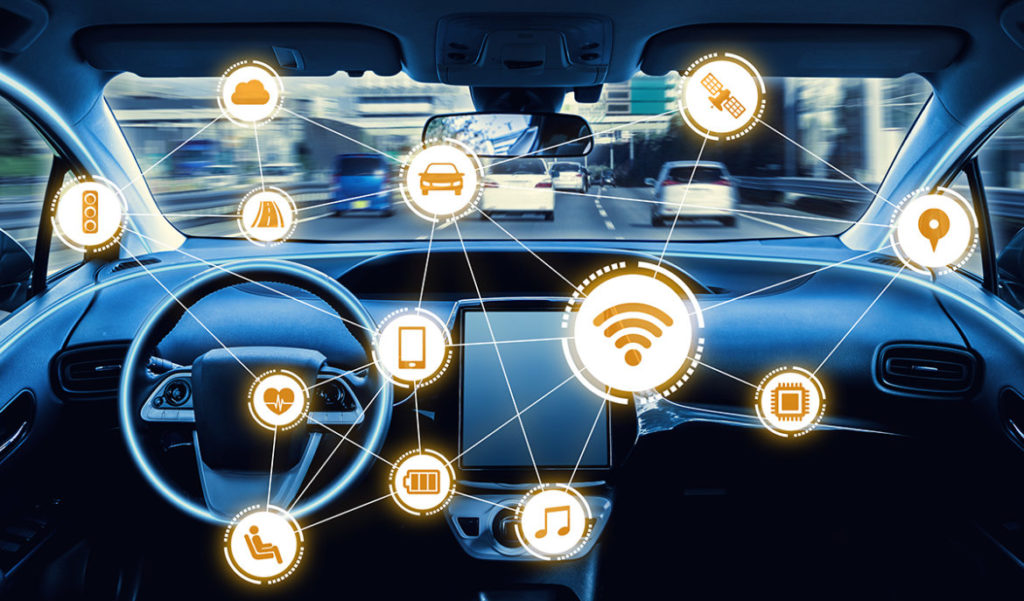Car Dealership Trends for 2024
2023 was a strange year for car dealerships. On the one hand, rising wages allowed more people to purchase cars while supply chain issues and inventory challenges abated. However, many headwinds – including high interest rates and inflationary challenges – lead to major issues, as people look to replace old cars and get new ones.
These broader conditions meant that car dealerships had to work harder and smarter than ever, and as you look to 2024, it is vital that you develop newer and smarter ways to prepare for the future. Here’s a look at what technology, sales, and economic trends car dealerships will likely face in 2024 – and what can be done to manage them.
Slowly Rising Sales Expected
While the broader economic situation has improved compared to where it was a few years ago, major challenges remain. Sales are expected to rise 2% in 2024. Many factors lead to this economic reality, including the continued rise of interest rates, broader inflationary pressures, and low unemployment rates.
At the same time, easing supply lines and inventory means dealerships may be able to afford to be more lenient on prices, allowing them to attract customers and make more sales. This may allow dealerships to be in a better economic position. A rise in inventory means more car types will be available for customers who are in the market for a new kind of vehicle.
What does all this mean to dealerships like yours? Slow and steady growth will allow you to advance in today’s market. However, customers’ tastes are changing, and they expect more flexibility and experiences when buying cars. As such, the nature of car sales is also changing, and dealerships should be prepared to match this reality. They can do this by:
- Enhancing the vehicle testing experience, allowing users to spend more time in cars and ensuring their comfort – particularly for cars that offer a newer experience.
- Offering customers, a more customized range of potential cars that fits their needs, provided that dealerships can access this information before a sales meeting starts.
- Meeting the continued growth in hybrid and electric markets.
Continued rise in eCommerce.
“Dealerships” like Carvana may have turned out to be an economic disaster, but that doesn’t change the nature of the car-buying experience is changing. Customers expect they should buy cars just like they buy food or electronics: Online and from the comfort of their own home or mobile device.
This reality means traditional dealerships have to adjust their car-buying experience to ensure that they are giving customers these opportunities. For many car dealerships, switching to online buying is simply impossible. However, adding more e-buying opportunities remains a viable possibility. As such, your dealership needs:
- A highly up-to-date website that adjusts as your inventory changes
- A mobile-friendly website or app that allows a customer to begin a sales conversation and get more information about a car.
- Extremely detailed and accurate information about a car, including its condition, miles, price, and more.
- An idea of where your car is in the sales system at any given moment.
Armed with all this information, you can ensure that you are giving your prospective customers the most valuable information about the kind of vehicle they are looking for, enabling them to at least begin the sales process online – if not complete it.
Expanding Service Opportunities
As noted above, the greatest threat to the continued expansion of sales in the car market is high-interest rates. With many customers still locked in on lower interest rates from an earlier era, it has become a real challenge for dealers to convince customers to let go of their lower interest rate loans in favor of greater interest payments.
This means that customers are driving cars longer. However, all is not lost for dealerships, who now have an opportunity to expand their service centers and provide more repair options for their customers. By meeting these needs, dealerships can open up a new revenue source while also building brand loyalty.

